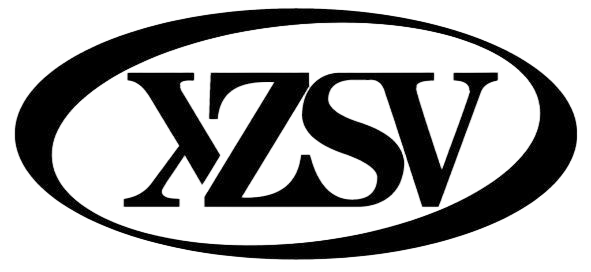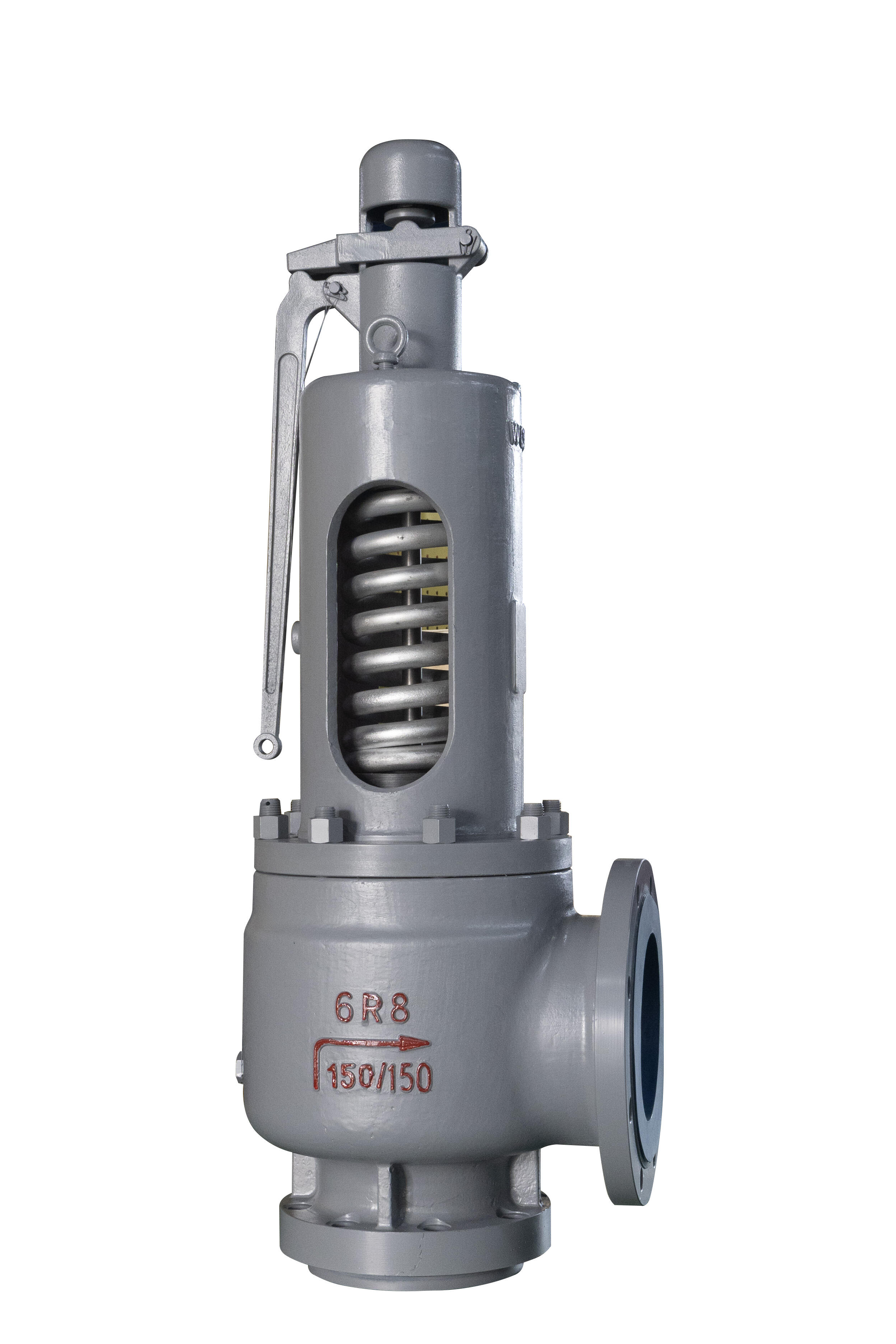Understanding the Evolution of Flow Control Technology
The industrial landscape has witnessed a remarkable transformation in flow control systems, with motorized electric ball valves emerging as a cornerstone of modern automation. These sophisticated devices combine the simplicity of traditional ball valves with advanced electric actuation, offering unprecedented control over fluid flow in various applications. As industries continue to embrace automation, the role of motorized electric ball valves becomes increasingly vital in ensuring efficient and precise flow management.
The integration of electric motors with ball valve technology represents a significant leap forward in flow control capabilities. These devices provide automated operation, remote control functionality, and precise positioning that manual valves simply cannot match. The result is a more reliable, efficient, and cost-effective solution for managing fluid flow across diverse industrial applications.
Core Components and Operational Mechanics
Essential Parts of Electric Ball Valve Systems
At the heart of every motorized electric ball valve lies a carefully engineered assembly of components working in perfect harmony. The primary elements include the valve body, ball mechanism, electric motor, gear reduction system, and control interface. The valve body houses the ball, which features a precision-engineered spherical design with a bore through its center. This construction allows for complete shutoff when the ball rotates 90 degrees from the open position.
The electric motor component provides the driving force for valve operation, while the gear reduction system ensures smooth and controlled movement. Advanced models incorporate position sensors, feedback mechanisms, and sophisticated control electronics that enable precise positioning and status monitoring.
Working Principles and Control Mechanisms
The operation of a motorized electric ball valve relies on the coordinated action of its electrical and mechanical systems. When activated, the electric motor drives the gear train, which in turn rotates the ball to the desired position. This movement can be precisely controlled, allowing for both on-off operation and modulating control in more advanced applications.
Modern control systems incorporate features such as torque sensing, position feedback, and various communication protocols, enabling integration with building management systems and industrial control networks. This level of control allows for automated operation based on time schedules, process conditions, or remote commands.
Industrial Applications and Benefits
Manufacturing Process Control
In manufacturing environments, motorized electric ball valves play a crucial role in process control and automation. They excel in applications requiring precise flow control, such as chemical processing, where accurate mixture ratios must be maintained. The ability to provide consistent, repeatable performance makes these valves indispensable in quality-critical processes.
The durability and reliability of motorized electric ball valves make them particularly suitable for high-cycle applications where manual operation would be impractical or impossible. Their ability to operate in harsh environments while maintaining precise control makes them invaluable in modern manufacturing facilities.
Building Services and HVAC Systems
The building services sector extensively employs motorized electric ball valves in HVAC systems, chilled water distribution, and hot water systems. These valves provide essential control for maintaining comfortable indoor environments while optimizing energy efficiency. Their ability to modulate flow rates helps achieve precise temperature control and respond to varying demand conditions.
In large commercial buildings, networks of motorized electric ball valves work together to manage complex hydronic systems, ensuring efficient distribution of heating and cooling throughout the structure. The integration with building automation systems allows for sophisticated control strategies that maximize comfort while minimizing energy consumption.
Selection Criteria and Installation Considerations
Key Factors in Valve Selection
Choosing the appropriate motorized electric ball valve requires careful consideration of several critical factors. The specific application requirements, including fluid type, temperature range, pressure ratings, and flow characteristics, must be carefully evaluated. The valve's materials of construction must be compatible with the process fluid to ensure long-term reliability and safety.
Additional considerations include the required degree of control precision, operating speed, and the type of control signal to be used. The power supply requirements and environmental conditions at the installation site also play crucial roles in the selection process.
Installation Best Practices
Proper installation of motorized electric ball valves is essential for optimal performance and longevity. The installation location should provide adequate accessibility for maintenance while protecting the valve and actuator from excessive heat, moisture, and mechanical stress. Proper alignment of the valve with the piping system is crucial to prevent undue stress on the valve body and ensure smooth operation.
Electrical connections must be made according to relevant codes and standards, with particular attention paid to proper grounding and protection from electromagnetic interference. The control wiring should be properly routed and protected to ensure reliable communication with the control system.
Maintenance and Troubleshooting
Preventive Maintenance Strategies
Regular maintenance is crucial for ensuring the continued reliability of motorized electric ball valves. A comprehensive maintenance program should include periodic inspection of mechanical components, checking for proper alignment, and verifying the integrity of seals and packing. The electrical systems should be inspected for signs of wear or damage, with particular attention paid to wiring connections and control components.
Lubrication requirements must be addressed according to manufacturer recommendations, and any accumulation of debris or scale should be removed to prevent interference with valve operation. Regular testing of control functions and emergency shutdown capabilities helps ensure the system remains ready for reliable service.
Common Issues and Solutions
Despite their robust design, motorized electric ball valves may occasionally experience operational issues. Common problems include incomplete closure or opening, erratic operation, or failure to respond to control signals. These issues can often be traced to mechanical problems such as worn seals, electrical issues such as faulty wiring, or control system problems such as incorrect calibration.
Systematic troubleshooting approaches, starting with basic checks of power supply and control signals before moving to more complex mechanical investigations, can help quickly identify and resolve problems. Having a well-documented maintenance history and access to manufacturer support resources can greatly facilitate the troubleshooting process.
Frequently Asked Questions
What is the typical lifespan of a motorized electric ball valve?
The typical lifespan of a motorized electric ball valve ranges from 10 to 15 years when properly maintained. However, this can vary significantly based on factors such as operating conditions, cycle frequency, and maintenance practices. Regular maintenance and appropriate application selection can help maximize service life.
How do motorized electric ball valves handle power failures?
Many motorized electric ball valves can be equipped with battery backup systems or fail-safe mechanisms that move the valve to a predetermined position (either open or closed) during power failures. Some models also feature manual override capabilities for emergency operation.
Can motorized electric ball valves be used with any type of fluid?
While motorized electric ball valves are versatile, their compatibility depends on the materials used in their construction. It's essential to select valves with appropriate materials for the specific fluid being controlled, considering factors such as chemical compatibility, temperature requirements, and pressure ratings.


